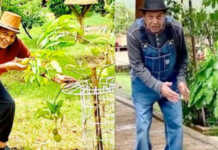Norway is believed to be a rich and beautiful, but expensive country to live in. This is true: the goods here are 55% more expensive than in other European countries, people’s salaries are more than enough to have a good quality of life, and productivity is high even though they have a short work week. People in Norway know how to work, rest, and enjoy their lives.
We, at ViralSection, have watched videos and posts from internet users who’ve moved to live in Norway or were born there. Some of their observations were very unexpected for us.
- Society is built on complete trust. Here, you can “rent” a house for the weekend for free and you are expected to just return the keys to the owner after having used the house.
- Buying furniture together is an important step in a relationship. The idea of intimacy to Norwegian people is different from the rest of the world. Here, a big step toward becoming closer is a trip to IKEA to buy furniture together.
- It is offensive if someone pays for you. This works for both men and women: everyone prefers to be independent and a gesture like this may be misunderstood.
- Norwegians really value their private space. They are shy and they don’t like small talk. For them, it is totally normal to take 2 seats on a bus, turn to the window, and listen to music. Never sit down next to a Norwegian on a bus because they will think that something is wrong with you. The only exception is if all the other seats are occupied and you have no choice but to sit down next to someone.
- The local people are very reserved in how they express their emotions. People here value private space a lot, so it may seem that they are cold. They express compassion by tapping other people on the back once: for them, this gesture is more than enough.
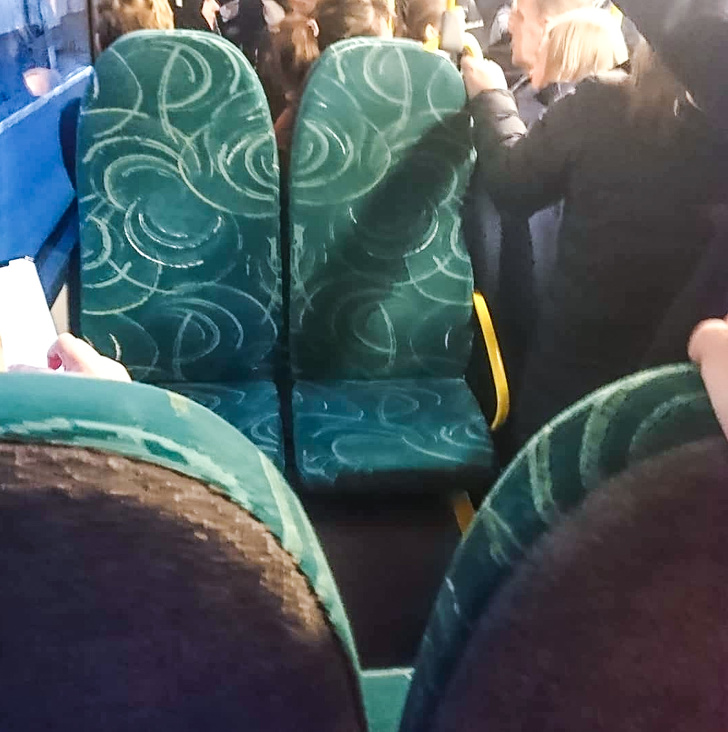
A typical situation on public transport: people will stand in the aisle before they will sit down next to someone else.
- Medical help costs a lot. Before going to Norway, it doesn’t matter why — as a tourist or to move there, go see a dentist where you live and make sure your teeth are okay. Treating teeth is really expensive in Norway.
- You can’t just go to a pharmacy and buy the medication that you need. The only thing you can buy at a pharmacy without a prescription are some painkillers and nothing else. Most Scandinavians, including doctors, are convinced that 90% of all health problems can be solved with 3 things: physical exercise, fish oil, and ibuprofen.
- You can’t just call an ambulance. If something hurts, it doesn’t mean you will see a doctor today. To see a doctor, you need to make an appointment and your appointment may not be for another 2-3 weeks. An ambulance is only called in very serious situations.
- There are toll roads inside the city. For example, if you need to go to a different district to work or to buy food, you will have to pay to use the road. It doesn’t cost a lot, but those who drive a lot will gradually spend a significant amount.
- Norwegians are very eco-friendly. In Oslo, there are many electric cars and the local population is actively buying them. Also, because they use hydropower plants as a source of electricity, these cars are as eco-friendly as possible.
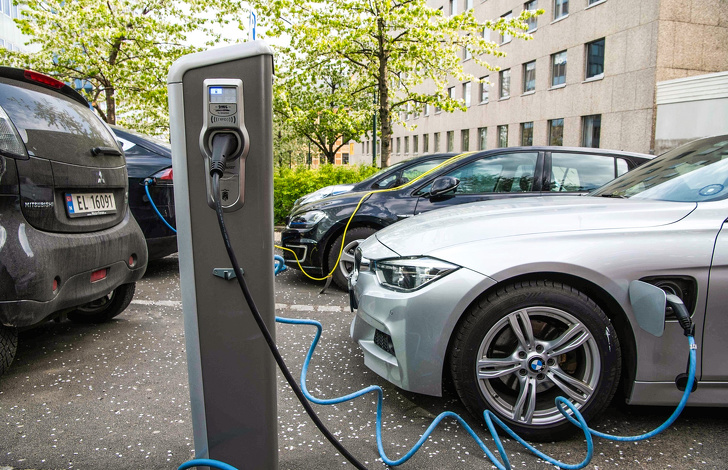
- In Norway, they have a short work day. It usually lasts from 8 a.m. to 3 p.m. or from 9 a.m. to 4-30 p.m. It is no more than 7.5 hours a day or 37.5 hours a week. They have 5 weeks of vacation per year.
- The photo on a CV needs to be happy. It’s better if you smile in the photo you plan to put on your resume. Doing so can contribute to your future employer wanting to hire you. In Norway, they don’t make serious faces for their CV photos.
- Vacation pay is always paid in June. It doesn’t matter what month you are going on vacation or how many days off you are going to take — you will get your vacation pay in June. For all other months, you get your regular paychecks.
- Manual work is highly valued. Whatever is made by hand, is really well-paid. This goes for all things that are handmade and the service industry: repairs, car maintenance, and so on.
- Norwegians love coziness. They never miss a chance to make their environment cozy. This is true for both their homes and for public places. On the weekends, they love going to the mountains and staying there in houses without water or electricity. They even decorate public transport stops to make them cozy (see photo below).
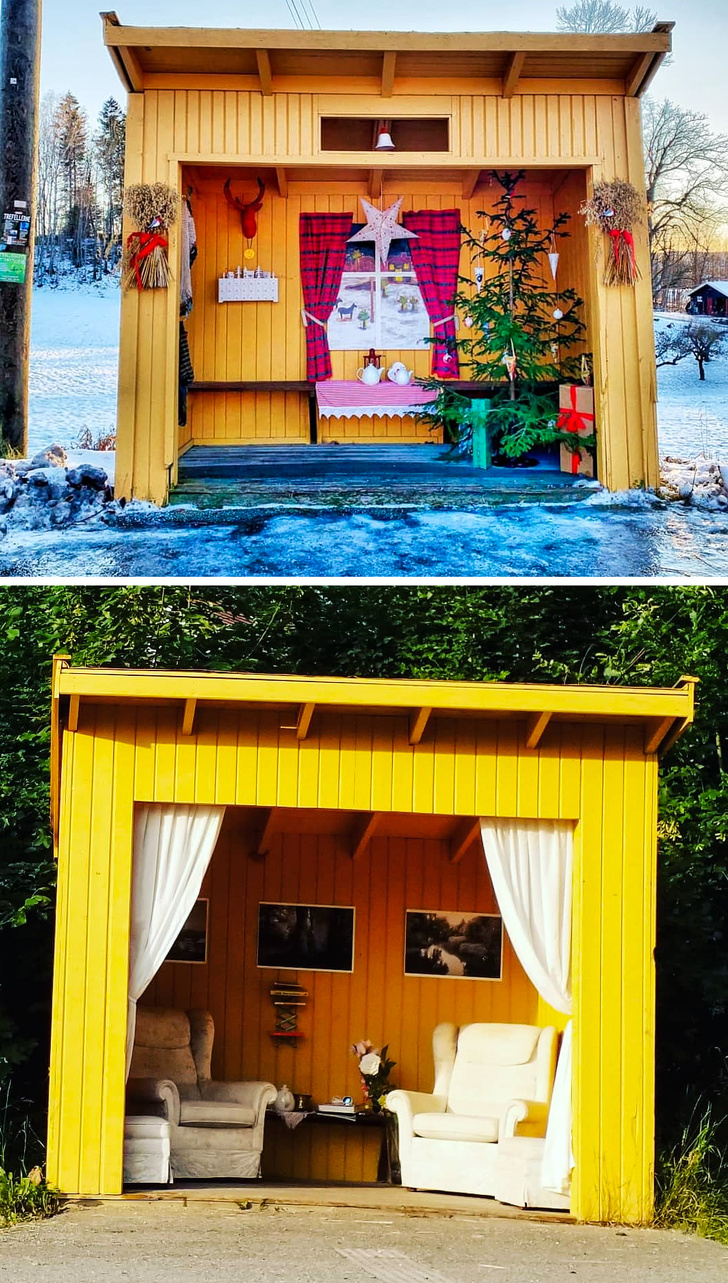
© visitnorway / instagram
- Food in Norway is expensive. Yes, the average income in the country is about €4,000 per month. Waiters earn about €2,000, plumbers make €3,500, and accountants get about €5,600. But still, the food expenses for a family of 3 may be about €180 a week.
- Their attitude toward saving money is pretty unusual. Norwegians won’t bother to ask for a discount when buying an apartment, but they are ready to drive several hundred miles to Sweden to buy a bottle of wine and save €5-6.
- Plastic bottles are worth money and you can return them to grocery stores. On the bottles themselves, you can find how much money each bottle is worth. When you bring the bottle back, the machine reads the bar code, and gives you a check with the amount of the discount. So, when you pay for your food next time, you can use the check as a discount or you can choose to donate the money to charity organizations. According to the UN, here they recycle about 97% of their plastic bottles.
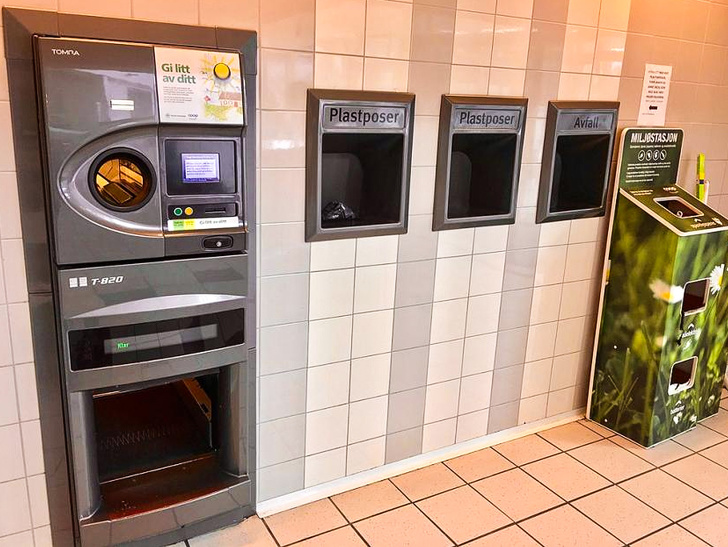
- Women try to have babies before a certain date. “When planning to have a baby, Norwegians will not look at astrology like Chinese or Indians. They will try to make sure their baby is born before September 1st in order to get a secured spot in a kindergarten for their baby. My colleague even did some acupuncture in order to deliver her baby just before the due date for this reason.” Froginthefjord wrote in their blog.
- They truly care about their children. Maternity leave is 9 months long, and can last up to a year. Then, children are given to kindergartens. The first week, a parent (maybe even both parents if possible) comes to the kindergarten with the baby and leaves the baby for a short time. Then, they increase the time gradually. The adaptation is not stressful, the experts teach mothers and fathers to say goodbye to the child correctly so they don’t miss them.
- In kindergartens, they rarely eat soup. In Scandinavian kindergartens, children are given soup only once a week.
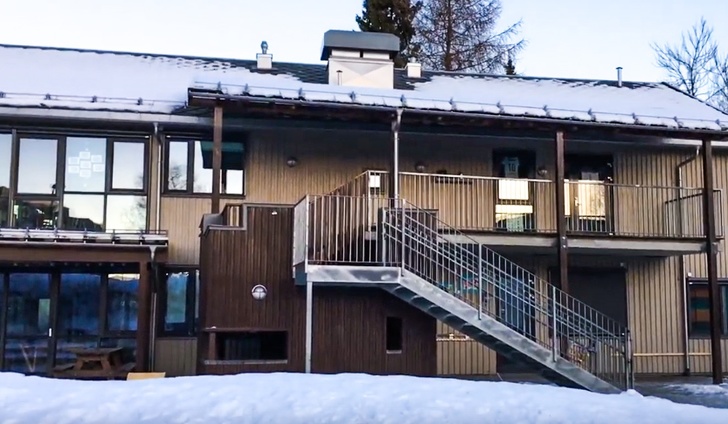
A Norwegian kindergarten
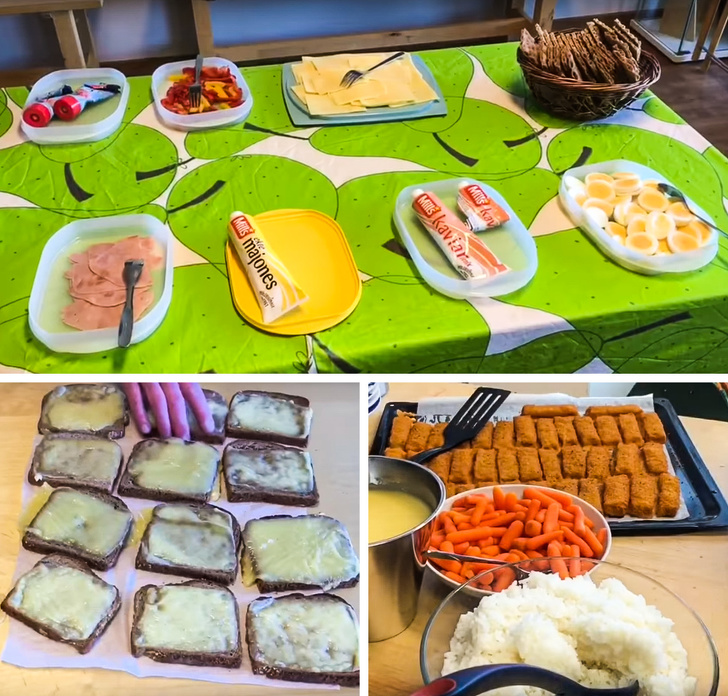
This is the food in our kindergarten. Every day, our kitchen worker (her name is Eva) sets the table where children can choose whatever food they like. These are sandwiches. Don’t be scared! Once a week, they eat soup. All the children here are healthy, they eat enough, and they feel great.”
- Children go outside a lot in any weather. A mother with the nickname, Tachplanet, said on her YouTube-channel, “A child sitting in a puddle and pouring water on another kid is perfectly normal because both of them are wearing waterproof suits and everyone is happy.”
- Feeding children fast food is absolutely normal. According to a woman who moved to Norway 10 years ago, women in Norway don’t really like breastfeeding after their child is one year old. For them, McDonald’s is the perfect place to feed a child.
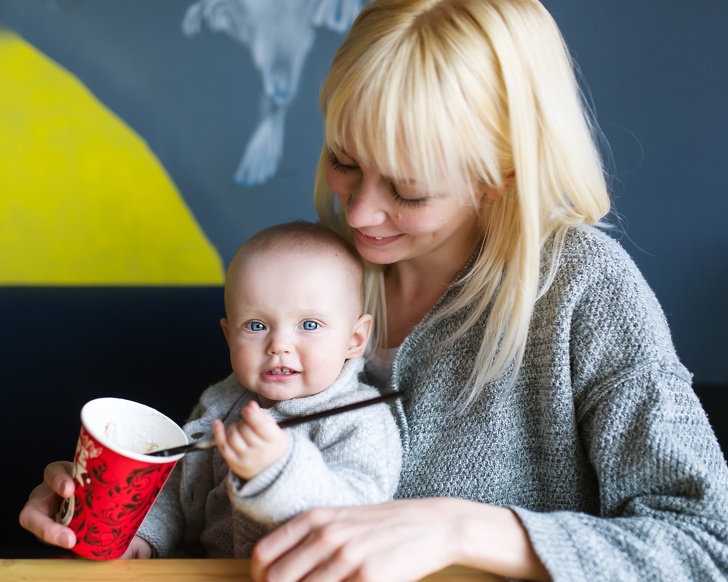
- Children sleep outside in the cold. Norwegians have an unusual tradition: they leave their children in strollers to sleep outside. They do it even when it is really cold. Some local mothers are convinced that this way, babies get used to the cold, and their bodies are more resistant to viruses. There is no scientific evidence that proves this method is effective.
A woman whose name is Sarah moved to Norway and talked about her first experience dealing with this tradition, “I asked where the little ones were. One of the ladies pointed toward the patio door and said, ‘They’re all sleeping — outside!’ It was minus 5 degrees and snowing. I was shocked to the core — what were they thinking? Apparently, this is pretty normal in Norway. Wrap the baby up (in wool of course) and let them sleep outside in the cold. I haven’t done it with Lizzie yet — not sure Eliot would appreciate me experimenting and taking Lizzie home with icicles dangling from her nostrils.”
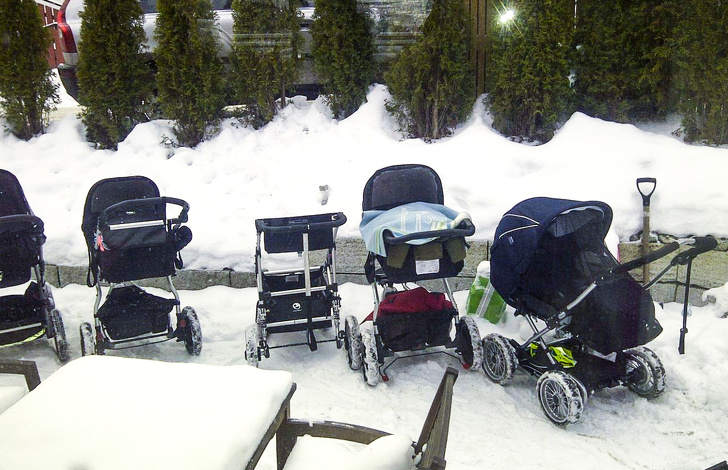
- Usually, children are put to bed before 7 pm. “In Norway children absolutely need to sleep by 7 pm, if not earlier. And they have to eat by 5 pm. How can one come back from work at 4:30 pm and have time to make a boeuf bourguignon or even fish cakes (let’s choose a traditional Norwegian dish) by 5 pm? Completely impossible. And why do kids need to sleep so early? Most parents I asked about this were unable to give a concrete answer. But if experts say so and other parents do it, then it must be right.” says Froginthefjord, who lives in Norway and is raising her child there.
What would you like to adopt from the Norwegian lifestyle and what things seem odd to you? What things about the Norwegian culture would never fit into your culture?
Preview photo credit Sarah / wordpress









